
Xplor reconnects kids to nature and helps them find adventure in their own backyard. Free to residents of Missouri.


































Stay in Touch with MDC news, newsletters, events, and manage your subscription

Xplor reconnects kids to nature and helps them find adventure in their own backyard. Free to residents of Missouri.

A monthly publication about conservation in Missouri. Started in 1938, the printed magazine is free to residents of Missouri.

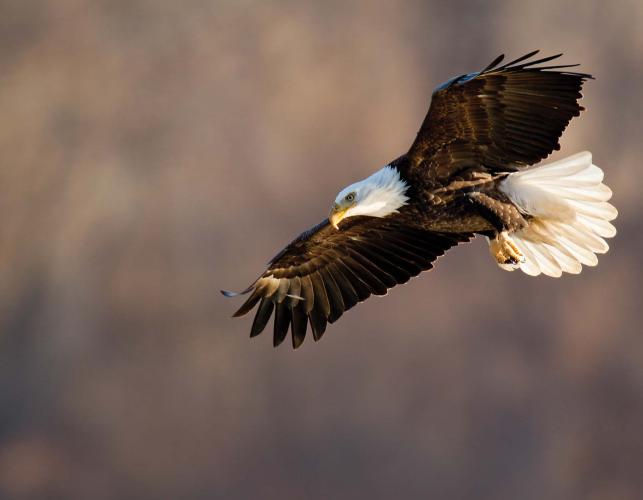
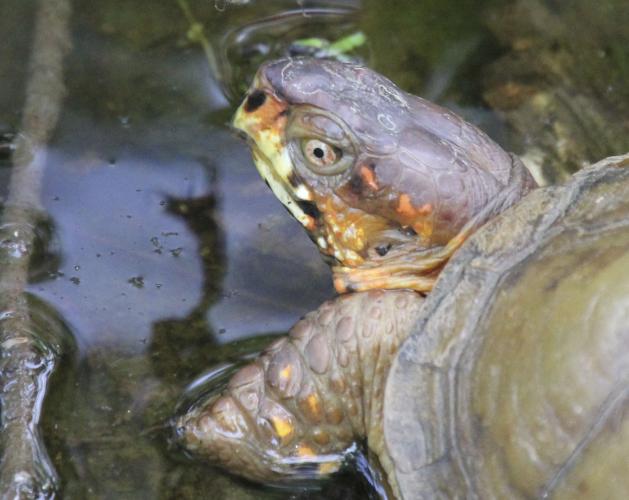
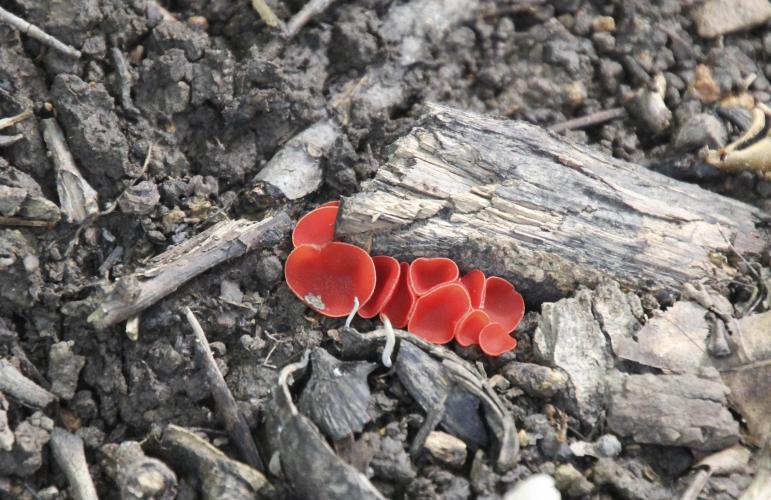


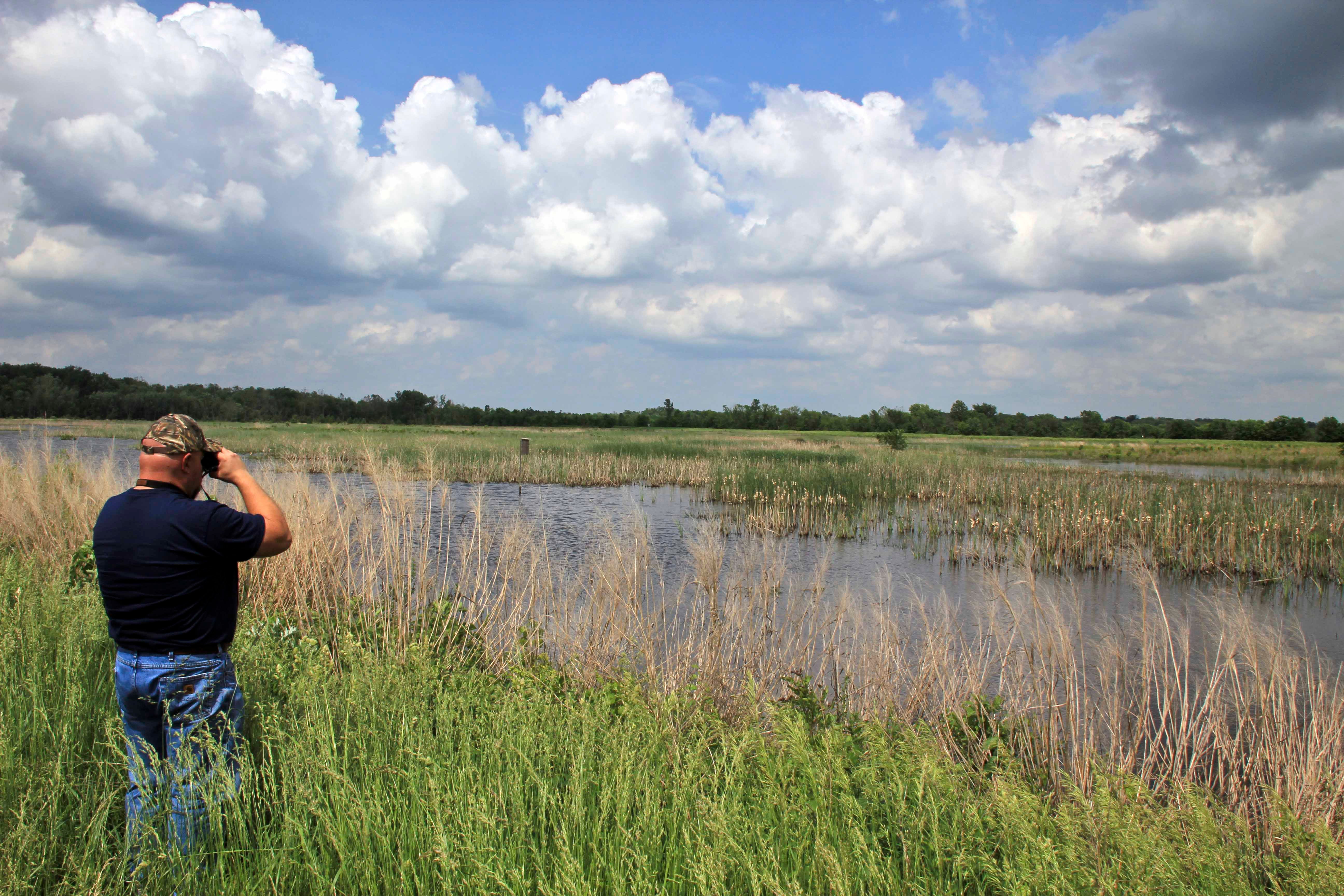


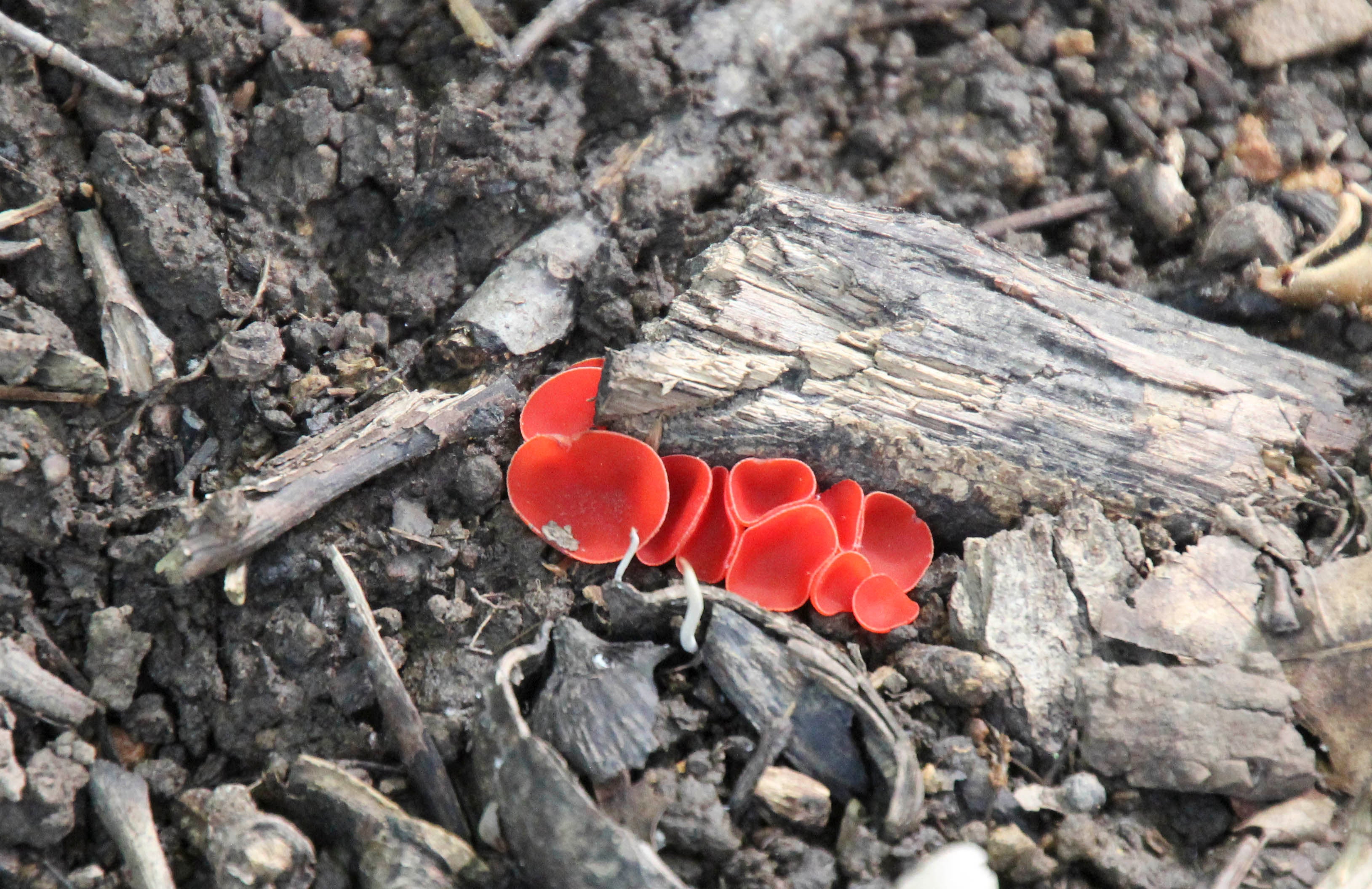

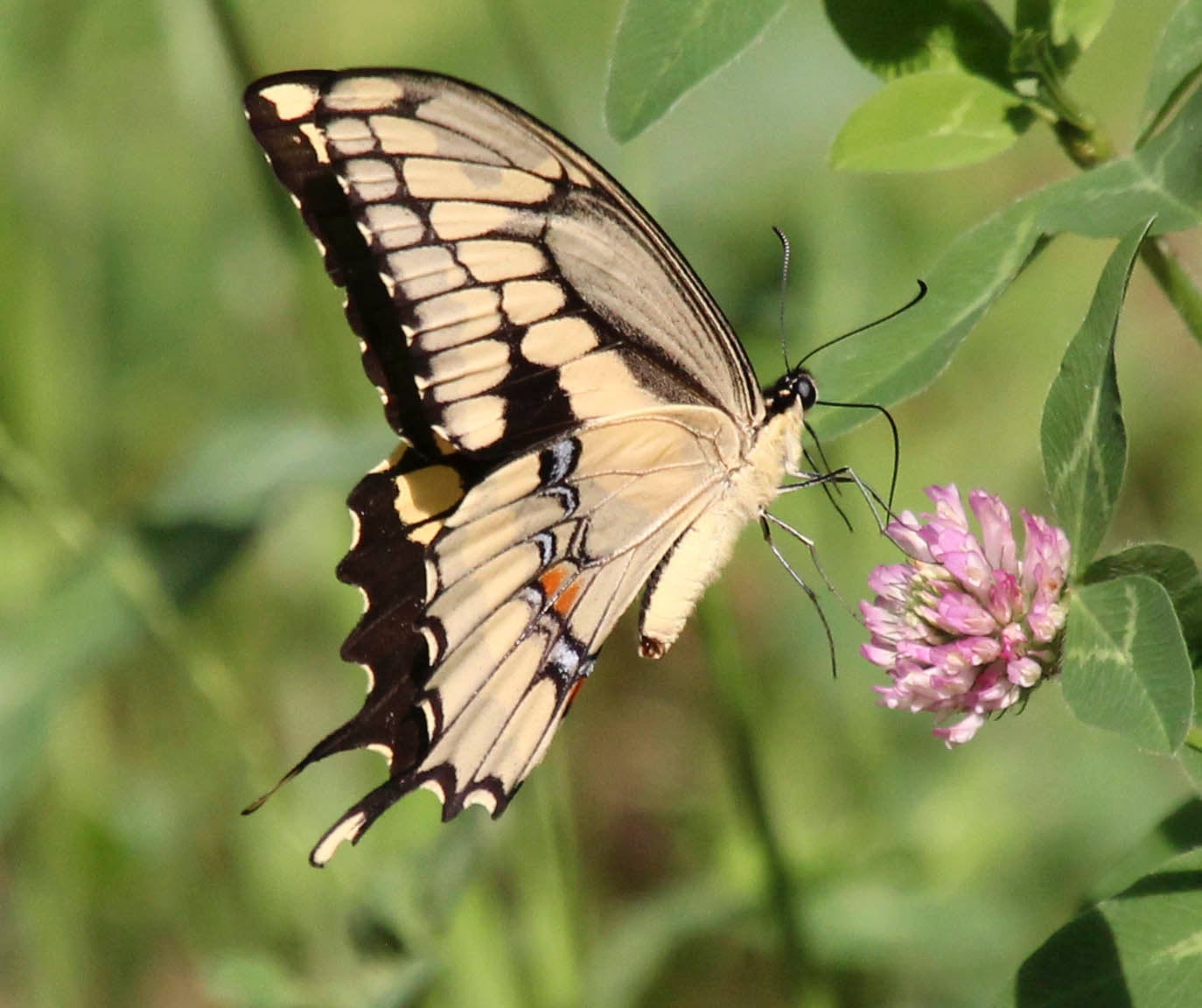
Sweet Springs, Mo. – Some birds prefer wetlands, others forests, while Missouri’s pre-settlement prairie heritage makes some feathered flyers prefer open fields. All those habitats are present at the Ralph and Martha Perry Memorial Conservation Area, which attracts ardent birder Neal Young.
“Can you hear that,” Young asks, as crisp tweets (bird song, not digital message) sound somewhere beyond the oak foliage on a wooded hillside. “That’s a Kentucky warbler. It’s a pretty yellow bird with a black mask across the face. When people get to see one they’ll say, ‘we actually have birds like that here?’"
Missouri is a wonderful state for bird watching or listening for their calls. Diverse habitats attract many different resident bird species. But also, those habitats are stopovers for many migrating birds, including songbirds that fly to Central and South America in winter and return to North America in summer.
The Perry Area’s varied topography and natural cover makes it a haven for both lowland and upland birds. A meandering Blackwater River borders the area, which is in two tracts in parts of Johnson, Saline and Pettis counties. In recent days, rains flood the bottomland forests and wetlands near the river. But that’s nature’s design, and those marshes and wooded areas are giving the water room to spread out and slowing the flow, helping to reduce downstream flooding. The Missouri Department of Conservation (MDC) also maintains some managed wetlands on the area that are brim full now but helping to hold back storm water.
Through the seasons, those wetlands also attract a wide variety of birds. Young, an MDC wetland services biologist, has seen bald eagles that nest near the Perry Area circling the marshes looking for food. On a recent visit, Young spotted blue grosbeaks, a vibrant blue songbird, flitting from grass tops near the wetlands.
“This is a place where your chance of seeing unique birds is pretty good,” he said.
For instance, he’s spotted king rails at the wetland, a large and somewhat unusual shorebird that has declined in parts of its North American range.
The 4,134-acre Perry Area area is south of Concordia and Sweet Springs and reached via rural roads. For maps and information, go to on.mo.gov/13mXuUL. Much of the area is low-lying river bottoms, some wooded, or in emergent wetlands. Prepare to get your boots muddy when hiking in the bottoms. Although, birders will find easier access by hiking on top the levees near the wetlands.
A south central portion of the Perry Area is timbered hills with plants, trees and wildlife quite different from the lowlands. MDC crews have created openings and thinned trees to boost forest health and wildlife diversity. For those who enjoy photographing butterflies, clover planted in the openings is attracting the insect pollinators. The area also has some upland crop fields and grassy meadows.
Hikers can walk on levees and farm roads, or simply pick their own pathway wherever conditions are dry enough. Several parking lots provide access. Besides birds, a walk on the trails at the Perry Area can turn up other unusual sights, too, such as damsel flies, box turtles, scarlet cup mushrooms, and swallowtail butterflies.
“You can see surprising birds, and a good diversity of birds, when you look at the entire area,” Young said.